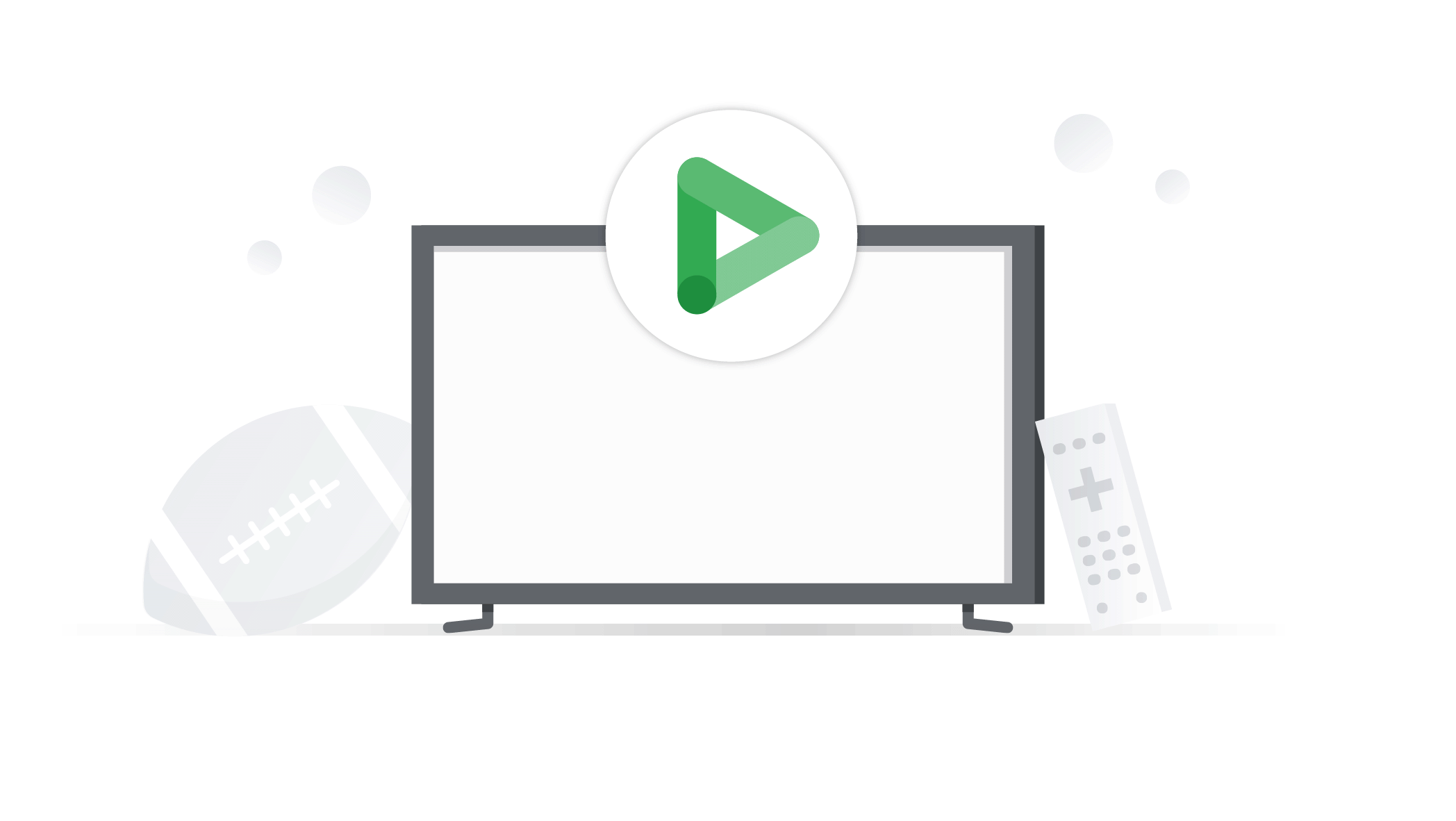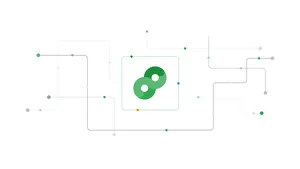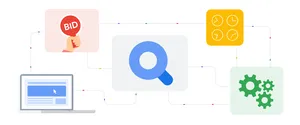Control your ad frequency on connected TV

I love everything about the Big Game — the suspense, the halftime performances and, of course, the commercials. Watching the much-anticipated ads on my living room’s connected TV (CTV), with buffalo wings in hand, has become a family tradition. But as much as I like the ads, seeing them over and over again after the game can ruin the fun.
At Google, we’re helping advertisers deliver a better CTV viewing experience. As part of that, we’re launching new CTV frequency management solutions in Display & Video 360 that allow marketers to control the number of times people see their ads across YouTube and other CTV apps. This gives CTV streamers a smoother viewing experience and limits the risk of brand backlash because of ad overexposure.
Early results show that this new functionality also significantly improves media performance for advertisers. On average, brands see a 5% reach per dollar increase when managing CTV ad frequency across YouTube and other CTV apps rather than separately. 1 In other words, if your Big Game campaign is scheduled to reach five million CTV viewers, you can now reach a few football stadiums worth of new streamers at no extra cost.
Better viewer experience and use of your CTV media dollars
With Display & Video 360, you can already control how many ads CTV viewers see across YouTube and YouTube TV apps. Separately, you can also set a frequency goal for ads running across other CTV apps. Now, for the first time, you can manage CTV ad frequency across both.
Let’s say you set a frequency goal of five ads per week for your CTV campaign. Instead of showing up to five CTV ads on YouTube and five ads on other CTV apps, Display & Video 360 will now aim to show your ad no more than five times total. Viewers won’t see your ad more than they should as they navigate across YouTube, Hulu or any of their other favorite CTV apps. This more user-centric approach lowers your risk of triggering ad fatigue.
It can also help you get more bang for your buck. By more evenly distributing CTV ad budgets across viewers, you can get more reach for the same budget. But don’t just take our word for it — to determine the reach benefit of this new feature on your next CTV campaign, you can run a Unique Reach report or use the cross-channel frequency quantification tools in Display & Video 360.
Display & Video 360’s cross-channel CTV frequency management solution works for all formats, exchanges, CTV devices and deal types. This includes content on the YouTube and YouTube TV apps watched on CTV devices. For example, you can set a single ad frequency goal across an ESPN Programmatic Guaranteed deal and your YouTube sports campaign.
Cross-channel management that puts
privacy first
To determine the number of times a CTV ad is shown, Display & Video 360 uses Google data on YouTube and the IAB standard Identifier for Advertising on other CTV inventory.
To identify overlaps of people who watch both YouTube CTV and shows on other CTV apps, we use Google’s Unique Reach model. This method — which uses a combination of data sources like census data, panels and surveys — is based on over a decade of understanding deduplication across devices and environments, and is designed to work in a post-cookie world. Once we’ve modeled that duplication of viewers across YouTube and other CTV apps, we can determine the appropriate budget placement to control average ad frequency.
To start using this new feature, just combine YouTube CTV and other CTV strategies under the same campaign or insertion order, and set your frequency goal at that level.





